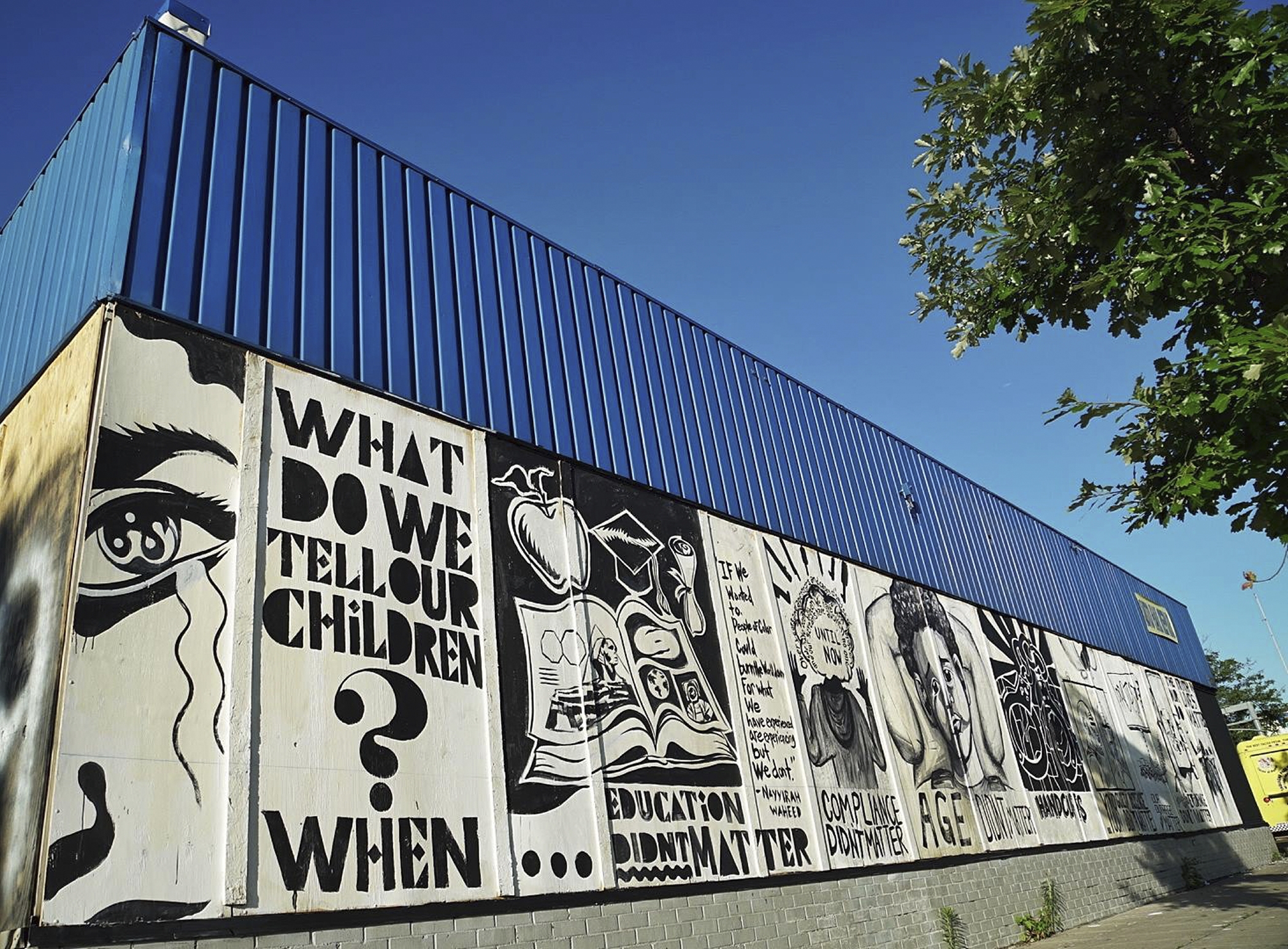

Share
Photos courtesty of the Minneapolis Institute of Art
There are still a couple of weeks left to experience, “Art and Healing: In the Moment,” featuring work created by local artists in response to the murder of Philando Castile in 2016. The exhibit features 15 works including paintings, sculpture, video, posters, and textiles and runs through July 29th at the Minneapolis Institute of Art (Mia).

Assistant Curator of Contemporary Art at the Minneapolis Institute of Art, Nicole Soukup, explains the how the public has responded.
“The overall response has been full of emotion. People have told us they found the exhibition moving, cathartic, difficult. The show addresses pain and trauma and asks the viewer to reflect on a challenging topic.”

Philando Castile was an African-American man who grew up in Saint Paul. On July 6, 2016, he was murdered by a police officer in the nearby town of Falcon Heights after being pulled over for a traffic stop. He was 32 years old. Castile was also a 14-year member of Teamsters Local 320 and worked as a nutrition services supervisor at J.J. Hill Montessori Magnet School in St. Paul.
“The 11,000 members of Teamsters Local 320 are saddened and grieving the loss of Teamster brother Philando Castile,” Local 320 said in a statement. “This is a tragedy on every level and all Teamsters are encouraged to keep the Castile family in our thoughts and prayers.”
In the months after Castile’s funeral, artists across the community were motivated to make art, some of which they gave to his family–-gifts intended to help the people closest to Castile process their grief and start to heal, while also bearing collective witness to the tragedy of his untimely death. The family, moved by this generosity, approached Mia with a desire to publicly share these artworks.

“The work of these artists has made me feel like I’m not alone,” said Valerie Castile, mother of Philando. “There are times when I sit in my living room, grieving, but then I look around and see this art, and I know I’m not the only one affected by Philando’s death. That’s why I wanted this exhibition to happen—it’s about connecting, reaching out, having a conversation.”

